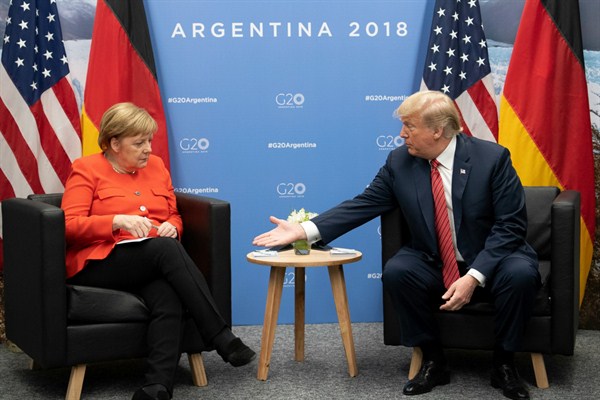One thing the Cold War taught the United States was how important it is, whenever possible, to address security threats without using force. American leaders knew that almost any military action risked confrontation with the Soviet Union and potential escalation to nuclear war. So armed conflicts had to be kept limited, and the two superpowers instead sought to use nonmilitary means to deal with adversaries.
The United States learned during the Cold War to rely on economic and political power, reserving military action for deterrence and for addressing serious threats that could not be handled any other way. American leaders also recognized that both economic and political power were most effective when coordinated with as many other countries as possible. The United States could organize and lead pressure campaigns, like the one against Cuba, but they only worked through collective effort. The more intense the campaign—the more it relied on what came to be called “maximum pressure”—the more important the multinational cooperation. It was always a team sport.
Coordinated pressure campaigns became a central component of American strategy, including after the end of the Cold War, with the emergence of an interconnected global economy and the United States, as the world’s sole superpower, able to engineer broad collaborative action. Serbia’s Slobodan Milosevic withdrew his troops from Kosovo in 1999 in the face of wide-ranging multinational pressure. Libya’s Moammar Gadhafi ended his nuclear weapons program in 2003 in exchange for sanctions relief and an end to his country’s political isolation. More recently, with the 2015 international agreement to limit its nuclear program, Iran agreed to do the same, at least for a period of time. While difficult to sustain and often slow to produce results, pressure campaigns can work.

